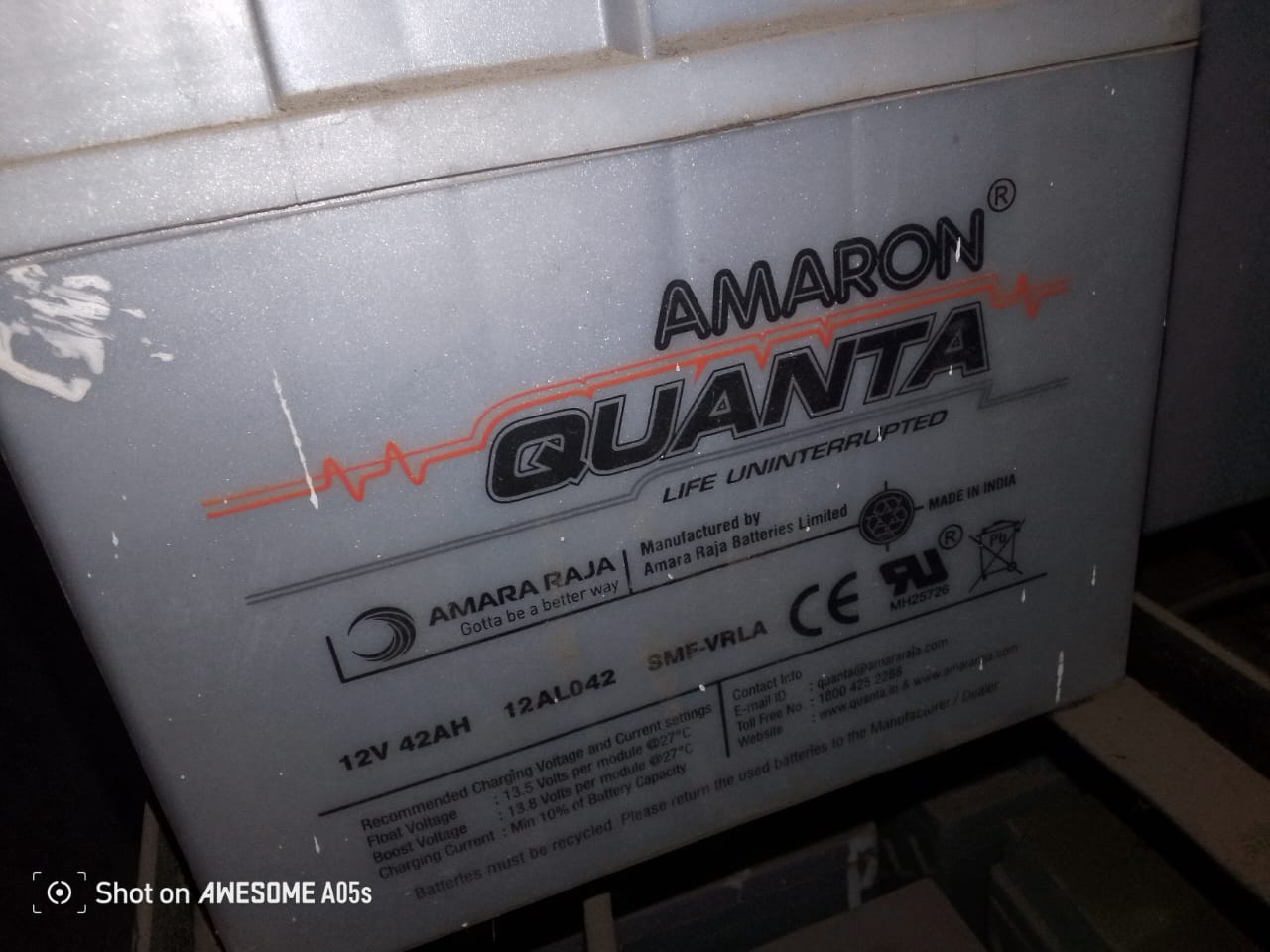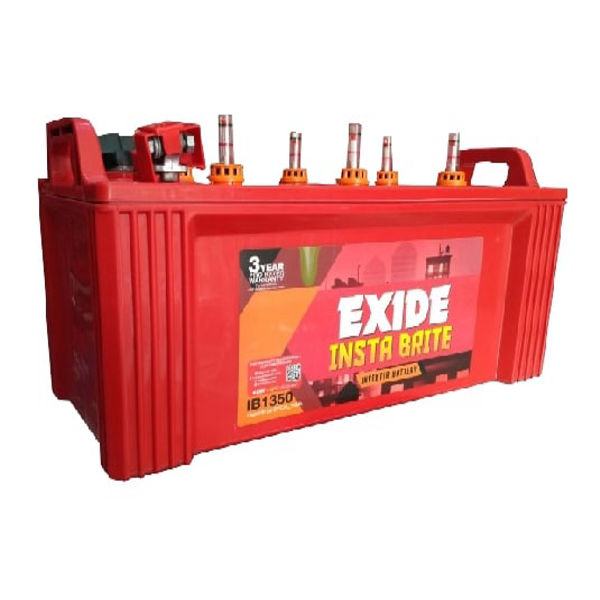Amaron batteries are well-known in the automotive sector for their reliability and performance. Here’s a comprehensive overview of Amaron car batteries, including their features, types, specifications, and benefits. Amaron Car Batteries Overview Manufacturer: Amaron is a brand under the Amara Raja Batteries Ltd., one of India\'s leading battery manufacturers. Key Features Maintenance-Free: Amaron batteries are designed to be maintenance-free, eliminating the need for regular water topping and reducing user hassle. Long Life: Known for their durability, Amaron batteries often have a longer life cycle compared to conventional batteries. High Cranking Power: They offer excellent cold cranking amps (CCA), ensuring reliable starting power even in extreme weather conditions. Vibration Resistance: Engineered to withstand harsh conditions, Amaron batteries are resistant to vibrations and shocks, making them suitable for rugged environments. Fast Charging: Designed for efficient charging, they can recharge quickly, reducing downtime for users. Environmentally Friendly: Amaron batteries are designed to minimize environmental impact, adhering to stringent environmental regulations. Types of Amaron Batteries Amaron Flo (Flat Plate): These are conventional lead-acid batteries ideal for a range of vehicles, providing reliable performance. Amaron Hi-Life: A high-performance option designed for longer life and better endurance, suitable for SUVs and luxury vehicles. Amaron Pro: Targeted at heavy-duty applications, this battery type is built for commercial vehicles and heavy machinery. Amaron Black: Designed for entry-level vehicles, offering a good balance of performance and cost-effectiveness. Specifications (Typical) Voltage: 12V Capacity: Varies by model, typically ranging from 35Ah to 150Ah. Cold Cranking Amps (CCA): Varies by model; commonly from 300 to 800 CCA. Weight: Depends on capacity; usually between 10 kg and 60 kg. Design Life: Generally 3-5 years, with some premium models lasting longer. Benefits of Amaron Batteries Reliability: Amaron batteries are known for their dependable performance, making them a popular choice among consumers. Wide Range of Applications: Suitable for various vehicle types, including cars, SUVs, commercial vehicles, and two-wheelers. Cost-Effectiveness: Good value for money with a balance of performance and lifespan. Support and Warranty: Typically backed by a warranty period of 2 to 4 years, depending on the model. Maintenance Tips Regular Inspection: While they are maintenance-free, periodic checks for physical damage or corrosion can help ensure longevity. Clean Terminals: Keep battery terminals clean to avoid corrosion and ensure optimal performance. Proper Installation: Ensure correct installation to avoid damage and ensure the battery operates efficiently. Conclusion Amaron car batteries offer a reliable and efficient power source for various vehicles, known for their long lifespan, maintenance-free operation, and robustness. Whether for daily commuting or heavy-duty applications, Amaron provides a range of options to meet diverse automotive needs. If you need more specific information about particular models, pricing, or installation tips, feel free to ask!
Send Message







